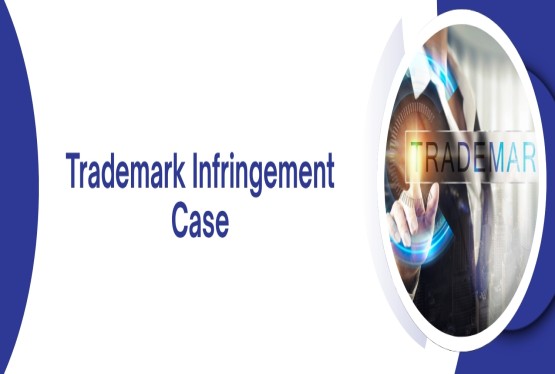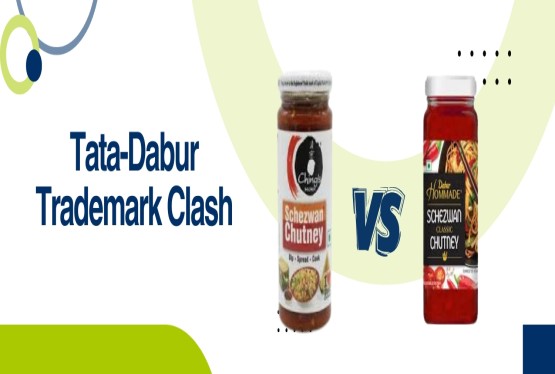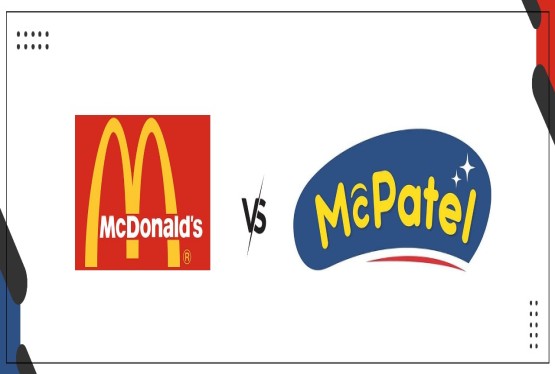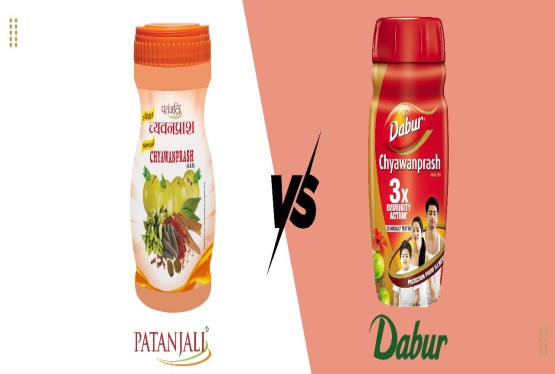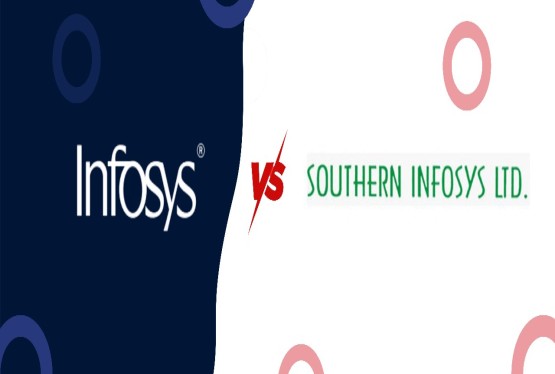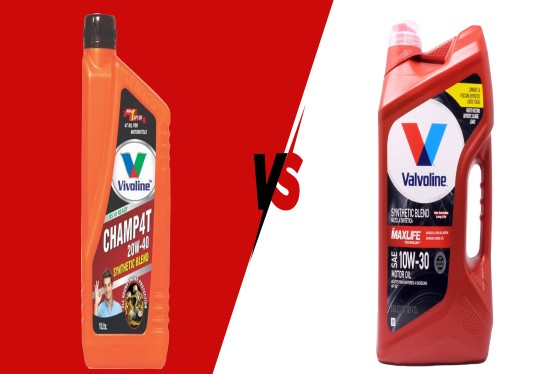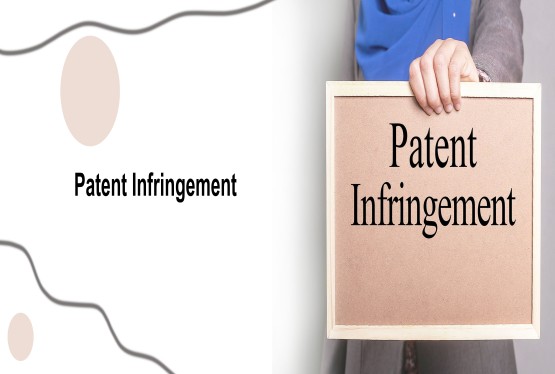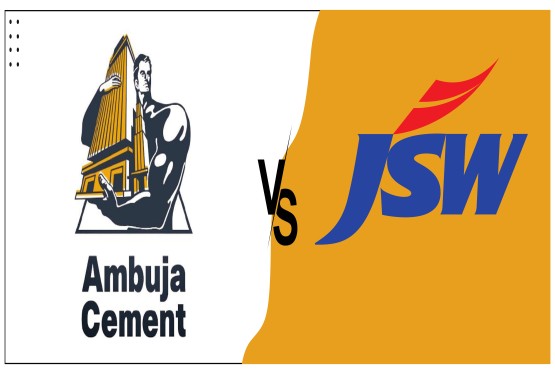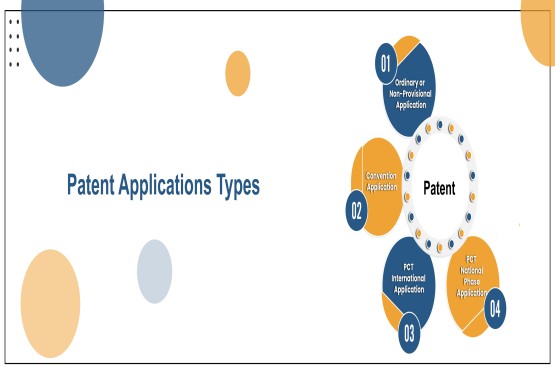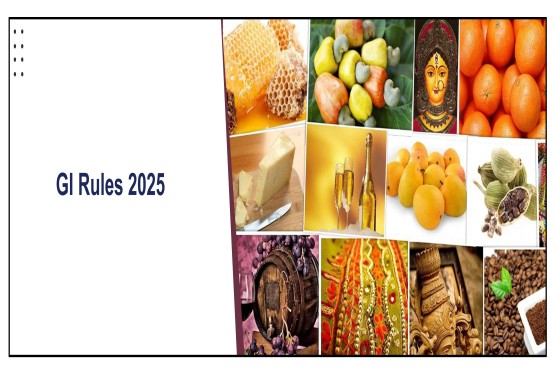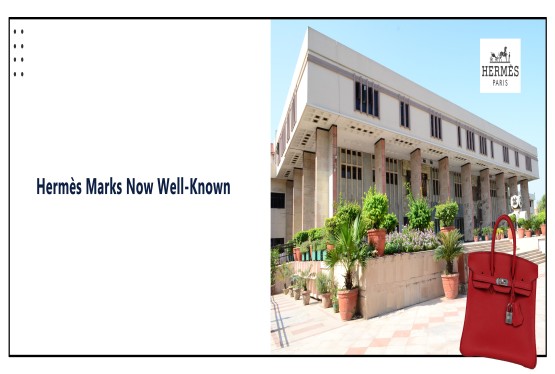In the realm of intellectual property law, trademark classification serves as a vital framework to distinguish goods and services. This classification system is fundamental to various aspects of trademark law, including trademark registration, trademark infringement, and trademark withdrawal. Class 30, under the globally recognized Nice Classification system, holds particular significance for food and beverage businesses, covering a diverse array of goods that are staples in daily consumption
What is Trademark Class 30?
Trademark Class 30 pertains to a wide range of consumable goods, specifically those that are processed or prepared for human consumption. According to the Nice Classification, which India adheres to under the Trademarks Act, 1999, Class 30 includes:
-
Coffee, tea, cocoa, and artificial coffee.
-
Rice, pasta, noodles, and other cereal preparations.
-
Bread, pastry, confectionery, and bakery products.
-
Sugar, honey, syrups, and other sweeteners.
-
Spices, condiments, and seasonings.
-
Prepared meals primarily consisting of goods in this class.
Class 30 also includes certain snack foods like biscuits, cookies, and chocolates, as well as frozen desserts and ice creams. Goods in this class are distinct from those in Class 29, which primarily cover unprocessed or minimally processed food products like meat, dairy, and preserved fruits.
Statutory Framework in India
Trademarks Act, 1999
The Trademarks Act, 1999, forms the cornerstone of trademark law in India. Section 2(1)(zb) of the Act defines a "trademark" as a mark capable of distinguishing goods or services of one person from those of others. Section 7 of the Act specifies the adoption of the Nice Classification system for categorizing goods and services, thus giving legal recognition to Class 30 in India.
Trademark Application and Registration
Under Section 18 of the Act, applicants are required to specify the class of goods for which trademark protection is sought. Class 30 encompasses processed and packaged food items, which are distinct from raw or agricultural products classified elsewhere. Businesses applying for trademarks under Class 30 must ensure that their goods align with this classification to prevent potential rejection or misclassification by the Registrar of Trademarks.
Distinctiveness Requirement
Section 9 of the Act prohibits the registration of trademarks that lack distinctiveness or directly describe the goods they pertain to. For example, a term like "Sweet Sugar" for sugar products under Class 30 would likely be rejected for being generic. On the other hand, creative or arbitrary marks like "SugaNova" could qualify for registration, provided they do not infringe on existing trademarks.
Legal Precedents and Case Studies
Several judicial decisions in India have underscored the principles governing trademarks under Class 30. Here are some notable cases:
1. Dabur India Ltd. v. Emami Ltd. (2014)
This case dealt with a trademark dispute over herbal tea and beverages. The Delhi High Court emphasized the importance of considering both visual and phonetic similarities between marks. The judgment reiterated that trademarks under Class 30 must not only be distinctive but also avoid infringing on the goodwill associated with existing trademarks.
2. Amul v. Milkfood Limited (2004)
Though primarily involving dairy products (Class 29), this case also addressed overlap with processed food items in Class 30. The court examined the boundaries between these classes and underscored the need for precise classification during trademark registration. It served as a reminder for businesses to carefully delineate their goods to ensure robust trademark protection.
Practical Considerations for Businesses
1. Conducting Comprehensive Trademark Searches: Before applying for a trademark under Class 30, businesses should conduct thorough searches to identify existing marks in the same category. The Trademarks Registry's online database and private trademark search tools can be invaluable in this regard.
2. Ensuring Distinctiveness: Distinctiveness is a cornerstone of trademark law. Businesses should focus on creating unique, arbitrary, or fanciful marks that are easily recognizable and unlikely to cause confusion with existing trademarks.
3. Avoiding Generic and Descriptive Terms: As per Section 9 of the Trademarks Act, descriptive or generic terms are not eligible for registration. For instance, terms like "Fresh Bread" or "Delicious Pastry" would likely face rejection. Creative branding can help businesses circumvent this hurdle.
4. Monitoring and Enforcement: Trademark protection is not automatic. Businesses must actively monitor the marketplace for potential infringements and take timely legal action to protect their rights. Section 29 of the Act provides remedies for trademark infringement, including injunctions and damages.
5. International Considerations: For businesses planning to expand globally, trademark registration under Class 30 should be aligned with international protocols like the Madrid System. This facilitates trademark protection across multiple jurisdictions.
The Economic Significance of Class 30 in India
India's food processing and FMCG sectors are rapidly expanding, with numerous domestic and international players competing for market share. Trademark Class 30 holds immense economic significance in this context, as it encompasses a broad spectrum of processed and packaged foods that are staples of Indian households.
For instance, leading brands like Britannia, Parle, and Nestlé have leveraged robust trademark strategies under Class 30 to solidify their market positions. These trademarks not only protect their products but also serve as valuable brand assets, contributing to consumer trust and loyalty.
Challenges and Emerging Trends
1. Overlapping Classifications: One of the challenges businesses faces is the potential overlap between Class 30 and other classes, such as Class 29 (unprocessed food) or Class 32 (beverages). Clear and accurate classification is essential to avoid disputes and rejection of applications.
2. Rise of Healthy and Organic Foods: The growing demand for health-conscious and organic food products has led to an influx of new trademarks under Class 30. Businesses in this segment must carefully navigate trademark law to protect their innovative products.
3. Digital Transformation: The rise of e-commerce platforms has made it easier for consumers to access a wide range of Class 30 products. However, it has also increased the risk of counterfeit goods, making trademark enforcement more critical than ever.
Conclusion
Trademark Class 30 plays a pivotal role in protecting intellectual property rights for processed and prepared food products in India. By adhering to the statutory framework of the Trademarks Act, 1999, and drawing insights from judicial precedents, businesses can effectively secure and enforce their trademarks in this category. As India's food and beverage sector continues to grow, robust trademark strategies under Class 30 will remain essential for fostering innovation, safeguarding brand equity, and enhancing consumer trust.
In sum, businesses operating in the Class 30 domain must combine creativity, legal expertise, and vigilance to thrive in an increasingly competitive marketplace. By doing so, they can ensure that their trademarks not only serve as symbols of quality and trust but also drive long-term success.
Frequently Asked Questions
Q1. What exactly does Trademark Class 30 encompass?
Ans. Trademark Class 30 covers a wide range of processed and prepared food items for human consumption. This includes items like coffee, tea, cocoa, rice, pasta, noodles, bread, pastry, confectionery, bakery products, sugar, honey, syrups, spices, condiments, seasonings, prepared meals, biscuits, cookies, chocolates, frozen desserts, and ice creams.
Q2. What are the key legal considerations for trademark registration under Class 30 in India?
Ans. Key legal considerations include:
(a) Adherence to the Trademarks Act, 1999, and the Nice Classification system.
(b) Ensuring the trademark is distinctive and not generic or descriptive.
(c) Avoiding infringement on existing trademarks.
(d) Ensuring accurate classification of goods to prevent rejection or disputes.
Q3.What are some important legal precedents related to trademarks under Class 30 in India?
Ans. Notable cases include:
(a) Dabur India Ltd. v. Emami Ltd. (2014): Emphasized the importance of considering both visual and phonetic similarities between trademarks.
(b) Amul v. Milkfood Limited (2004): Highlighted the need for precise classification of goods, particularly when dealing with potential overlap between Class 30 and other classes.
Q4.What are some practical tips for businesses seeking trademark protection under Class 30?
Ans. Practical tips for businesses seeking trademark protection under Class 30 are
(a) Conduct thorough trademark searches.
(b) Focus on creating distinctive and unique trademarks.
(c) Avoid using generic or descriptive terms.
(d) Actively monitor the marketplace for potential infringements.
(e) Consider international trademark protection through the Madrid System.
Q5. What are the challenges and emerging trends in trademark protection under Class 30?
Ans. Challenges and emerging trends in trademark protection under Class 30
(a) Overlapping classifications: Potential for confusion and disputes due to overlaps with other classes like Class 29.
(b) Rise of healthy and organic foods: Increased competition and the need to protect trademarks for innovative products in this growing segment.
(c) Digital transformation: Increased risk of counterfeiting and the importance of online brand protection.






























_(b)_of_the_Trademark_Act,_1999_(1)_crop10_thumb.jpg)



_crop10_thumb.jpg)




























_crop10_thumb.jpg)
_crop10_thumb.jpg)






_crop10_thumb.jpg)








_crop10_thumb.jpg)



_crop10_thumb.jpg)





























_crop10_thumb.jpg)

















_crop10_thumb.jpg)






_crop10_thumb.jpg)











































































































































_crop10_thumb.jpg)




































_crop10_thumb.jpg)












_crop10_thumb.jpg)















































_crop10_thumb.jpg)






